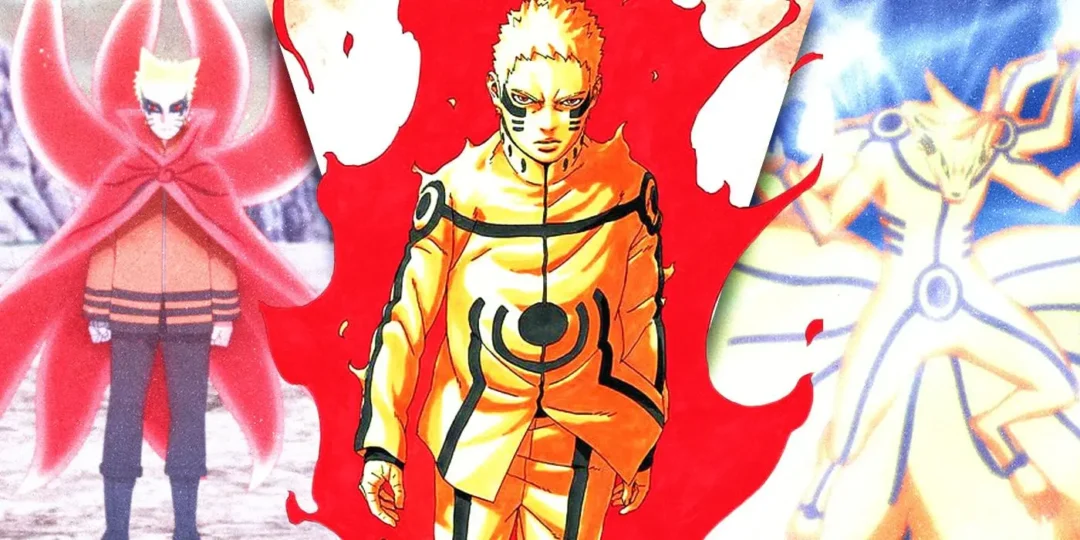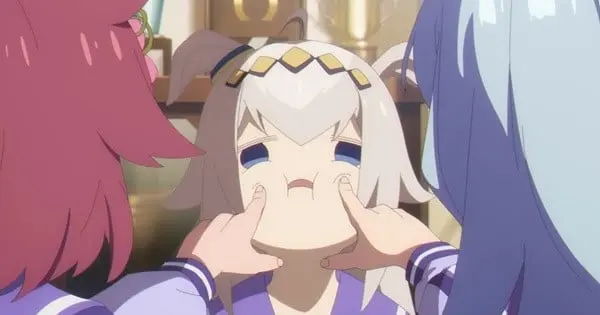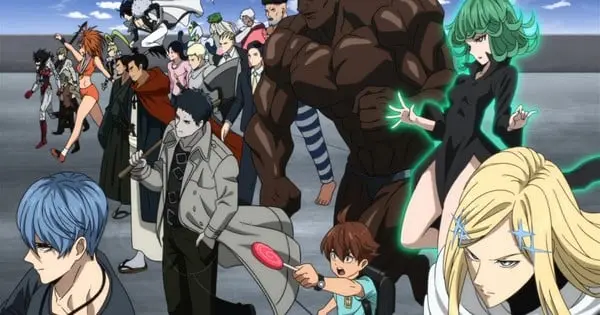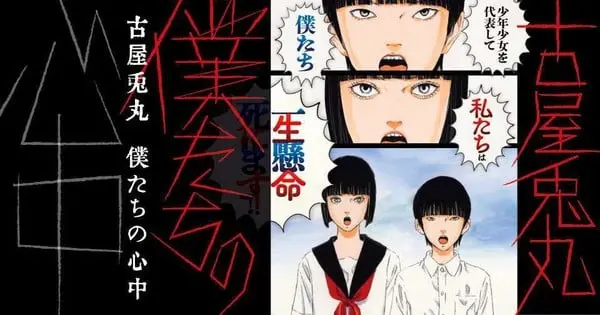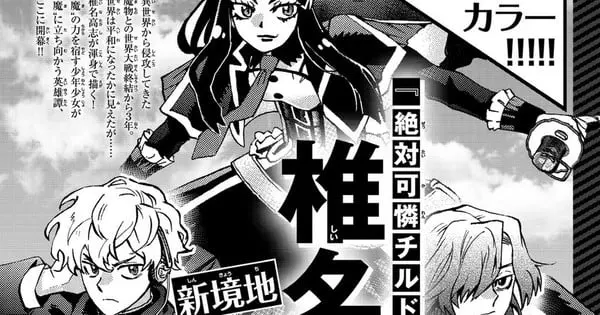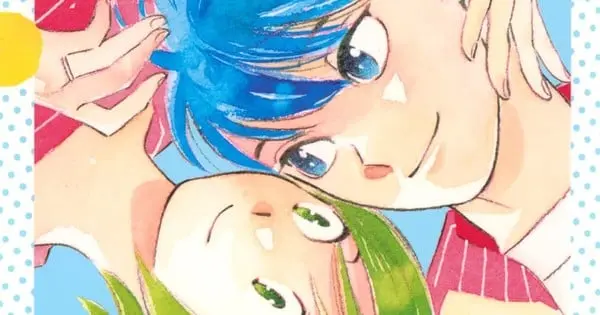Usamaru Furuya’s poignant manga series, Bokutachi no Shinjū, has officially reached its conclusion. The series, known for its exploration of complex themes, reportedly wrapped up its serialization, bringing an end to the story of a boy and girl navigating the intense period of youth, life, death, and sexuality.
Delving into Bokutachi no Shinjū‘s Narrative
Bokutachi no Shinjū, often translated as “Our Double Suicide” or “Our Shinju,” captivated readers with its distinctive blend of drama and romance. The narrative centered on the intertwined lives of its young protagonists, offering an intimate look at their experiences during what is described as the “bittersweet spring of their youth”. Furuya’s signature style brought a unique depth to the exploration of existential themes and emotional intensity, making the series a notable addition to his diverse bibliography.
Serialization and Publication Details
The manga was serialized in Ohta Shuppan’s Manga Erotics F magazine, a publication known for hosting works that often push artistic boundaries and delve into mature themes. While the exact final chapter or volume release date was not immediately specified in public databases, its conclusion marks a significant moment for fans who have followed the series. The work explores themes of life, death, and sexuality, presented through Furuya’s unique artistic lens.
Usamaru Furuya’s Distinctive Artistic Legacy
Usamaru Furuya is a highly regarded Japanese manga artist celebrated for his versatility across various genres and his experimental artistic approach. Born in Tokyo in 1968, Furuya’s unconventional path to manga began with studies in sculpture and oil painting at Tama Art University, and he even explored Butoh dance. This diverse background profoundly influenced his work, which frequently merges literature and art with a surrealistic touch.
A Master of Varied Genres
Furuya’s extensive body of work spans psychological thrillers, horror, comedy, and slice-of-life, often incorporating dark and sometimes disturbing elements to convey profound messages. He debuted in 1994 with the four-panel gag strip Palepoli in the avant-garde magazine Garo, quickly gaining recognition for his creative experimentation. His notable works include Lychee Light Club, Genkaku Picasso, and an adaptation of Osamu Dazai’s No Longer Human. His ability to take ordinary situations and infuse them with humor or transform them into mysterious, surreal worlds is a hallmark of his style.
Exploring the Human Condition
Throughout his career, Furuya has consistently tackled complex subjects such as societal oppression and the human condition, making him a thought-provoking figure in the manga industry. His manga are known for their strong ethical messages and often gruesome presentations when dealing with controversial subject matter. The conclusion of Bokutachi no Shinjū adds another significant title to his celebrated repertoire, reinforcing his reputation for crafting narratives that resonate deeply with readers.

